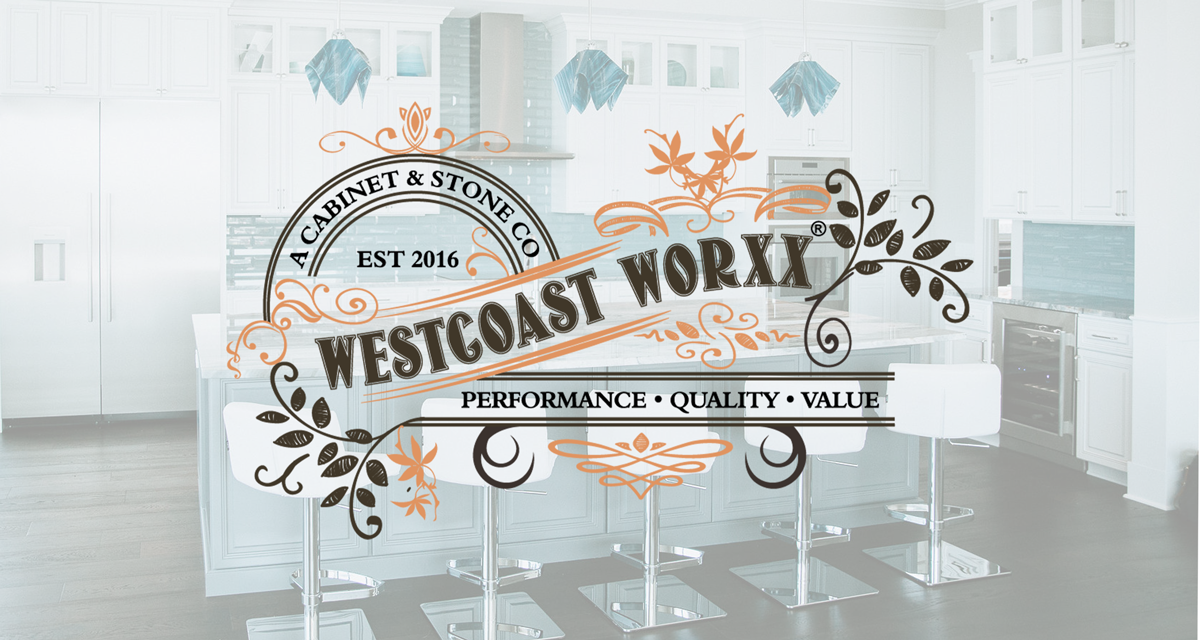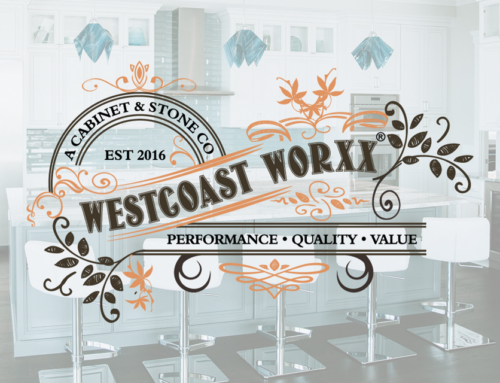If you have an older home, built prior to 1977, you may run into asbestos when planning a home renovation. While you’ve likely heard asbestos was all bad, it was utilized in home construction because it is a highly-effective and affordable fire-retardant; as well as a thermal and acoustic insulator. However, when it was discovered that asbestos fibers can be exceptionally detrimental to health, the material was discontinued in 1977 and officially made illegal for use a decade later.
What is the Problem with Asbestos?
Prolonged exposure to asbestos fibers can cause lung disease. While having asbestos in your ceiling or walls is not considered dangerous in and of itself, when the asbestos is disturbed, fibers can be easily inhaled. Asbestos was found in dry wall, but also attic insulation, vinyl floor tiles and the glue which attached them, some types of linoleum, window caulking and glazing, some roofing materials, HVAC ducts and insulation, plaster, and some forms of paint. As stated, the presence of asbestos in your home is not necessarily hazardous, and if it can be left alone – that is your best option.
However, sometimes homeowners looking to undergo a major home renovation do run into asbestos issues. If you are looking to knock out walls, raise ceilings or move AC ducts, any resident asbestos is likely to be disturbed and released. Therefore, before a kitchen remodel or bathroom renovation, you may need to deal with asbestos remediation.
Call for an Inspection
Before pulling down walls, call an inspector certified for these types of inspections.
If the hazardous material is present, the inspector will provide a written evaluation detailing where the asbestos is located, and provide recommendations for remediation or removal. The same inspector can reinspect after removal or repair to ensure the area has been properly cleaned.
Repair Instead of Removal
Depending on your situation, you may be able to repair the areas around asbestos, keeping it “locked in” and from being harmful. Repair is typically cheaper than removal, but it may render any later removal of asbestos more difficult and expensive.
Although some repairs of this type may be minor, it is not recommended for homeowners to undertake them.(Improper handling of asbestos materials results in more problems than it alleviates.)
The repair process includes either sealing (encapsulation) or covering (enclosure). Encapsulation treats the material with a sealant that either binds the fibers together or coats the material so fibers cannot be released. This is a common remediation for pipes and furnace insulation. Enclosure involves installing a protective “jacket” around any hazardous material to thwart the release of fibers. Both encapsulation and enclosure allow the asbestos to not be disturbed.
If you are considering a kitchen, bathroom or outdoor renovation and your home is at least 50 years old, call West Coast Design Build Florida. We’ve seen these situations before, and we can offer advice as to how to proceed safely. Should you decide to leave the the material in place (encapsulate or enclose), our designers will sit down with you to discuss your current “bones” and floorplan, and decide how to get the desired effect for your new kitchen or bathroom while keeping your family safe.
Of course, if your home was constructed after 1977, chances are excellent that you are free and clear of this hindrance. Either way, West Coast Design Build Florida will work with you to ensure your newly remodeled home is as beautiful as you imagined. If you are in the Sarasota area, call today for a consultation.



